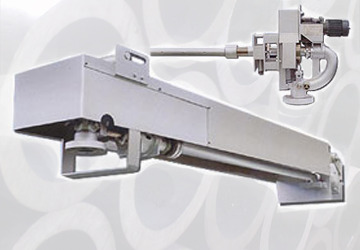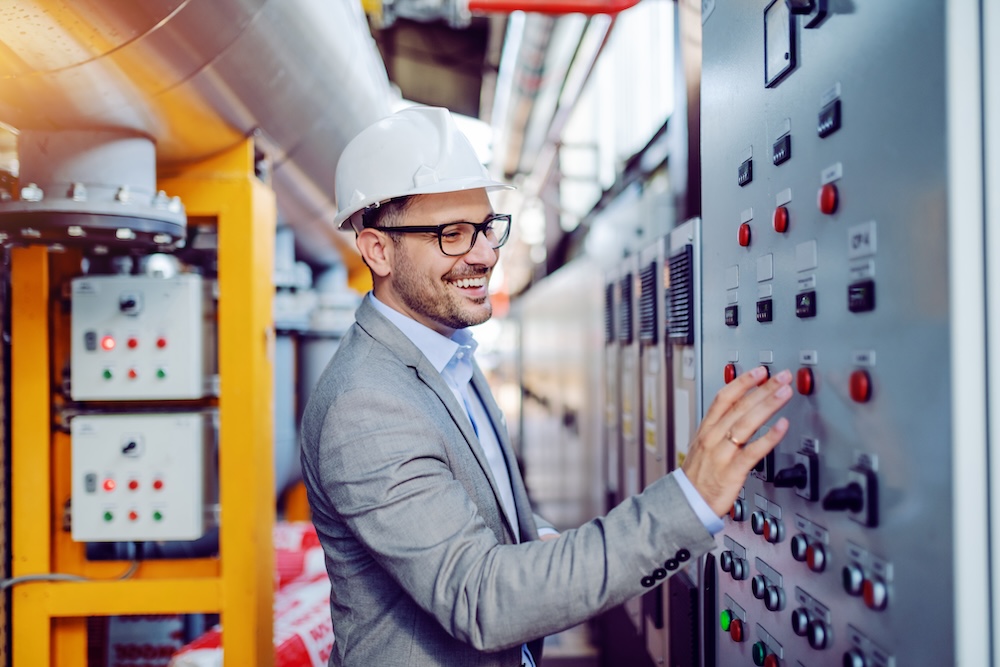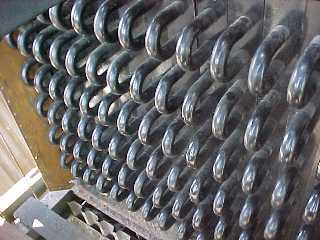
The Ultimate Guide to Sootblower Replacement Parts
Sootblowers are essential components of industrial boilers. Just like the name implies, they can remove soot and ash buildup from a boiler’s heat exchange surfaces.
Home » Steam Turbines: A Complete Overview
Steam turbines are a critical industrial component used in multiple processes across the world. At Industrial Boilers America, we believe that they are fundamental to the development of the industrial world. It’s hard to imagine the modern economy without them. This post explores what steam turbines are, how different industries use them, their power output, and who benefits from them the most.
Steam turbines are power generators that take hot steam energy and convert it into rotational or mechanical energy. We like to think of them as mediators that convert one form of energy to another. Instead of wasting heat by letting it escape into the environment, steam turbines turn it into work that civilization can then use.
We discuss two main types of steam turbines below: condensing and extracting. Some steam turbine models combine both technologies.
Condensing turbines aim to convert steam energy into mechanical energy, also called torque. Steam in these systems has high enthalpy. As a result, it enters units at a high temperature and then leaves at a much lower temperature.
Steam turbine designs achieve this by using a surface condenser. This component condenses exhaust steam gases from the low-pressure stages of the turbine sequence, decreases the temperature and pressure, and then returns to the source (such as a boiler).
The purpose of this process is to preserve as much energy as possible in waste steam while extracting the maximum amount from the steam in the system. The condenser is a vacuum that increases energy extracted from the steam, improving the net work done compared to a non-condensing system.
Extraction steam turbines aim to maintain constant steam pressure during operation. Control valves integrated with the path of the steam through the turbine make it easier to control variations in load.
Most turbines have several openings along their casing, letting operators extract steam for use in other processes. In addition, some units regulate steam pressure, while others don’t.
The power output from multistage condensing turbines with controlled extraction can vary tremendously. Early steam turbines had relatively modest electricity-generation capabilities. The first one, developed by Charles Parsons in 1884, could output 7.5 kW. Today, it’s not uncommon for large power plants to have steam turbine generators capable of putting out more than 1,000MW of energy.
To calculate the power of a steam turbine, you can use the following equation:
Power = (inlet steam enthalpy – cold reheat enthalpy) + (hot reheat enthalpy – turbine exhaust enthalpy)
You can also calculate the efficiency of the unit by dividing actual enthalpy by isentropic enthalpy.
Because of their ability to generate power from heat energy, multiple industries use steam turbines in their processes.
Power generation is the classic example. Here, plants burn fuel (usually coal or gas) to heat water. This process produces steam which powers turbines. Then, as they rotate, electric coils and magnets generate electricity sent to homes and businesses.
Turbines also have applications in the biomass sector. Researchers consider biomass a renewable and carbon-neutral source of energy. Like coal and gas, burning plant matter and food waste produces heat that can generate steam for turbines.
Geothermal power plants use steam turbines, too. However, these do not burn fuels in the process. Instead, they rely on natural hot vents arising from deep inside the Earth’s crust. Steam from these passes directly into turbines which then generate electricity without the need for fossil fuels.
Interestingly, atomic energy producers also need steam to power turbines. In conventional fission nuclear power plants, radioactive rod decay heats water, turning to steam and powering turbines. In future fusion reactions, fusion cores will heat up, and this energy will then become available for energy production via steam.
Turbines even find use in solar electric power plants. Arrays of mirrored panels reflect incoming solar radiation towards a store of water, usually in a tower. Concentrated heat energy then produces steam which, again, powers turbines to generate electricity.
Other power production methods, such as hydroelectric dams, use turbines. Therefore, these devices are convenient ways to transform useless heat energy contained in steam into useful electricity for homes and businesses.
We supply a range of turbines designed to help various industries achieve superior value and get full-sale flexibility. If you would like to learn more about Industrial Boilers America, contact one of our global offices to discover the options available for your plant or facility.
At Industrial Boilers America, we lead in providing the development, licensing, and deployment of Industrial Power plants. We partner with other leaders of communities and governments to foster long-term relationships that create sustainable energy, jobs, and social responsibility. Our philosophy that sustainability should be rooted in the betterment of the ecosystem rather than profit allows us to provide services that will enable our partners to reinvest in themselves, resulting in a sustainable community.

Sootblowers are essential components of industrial boilers. Just like the name implies, they can remove soot and ash buildup from a boiler’s heat exchange surfaces.

Boilers provide essential heating and steam generation for industries ranging from power production to manufacturing. To ensure safety, efficiency, and functionality, rely heavily on sophisticated

Industrial boilers are essential for keeping the world moving. Understanding the critical industrial boiler parts ensures efficient operation, safety, and longevity of equipment. Main Industrial